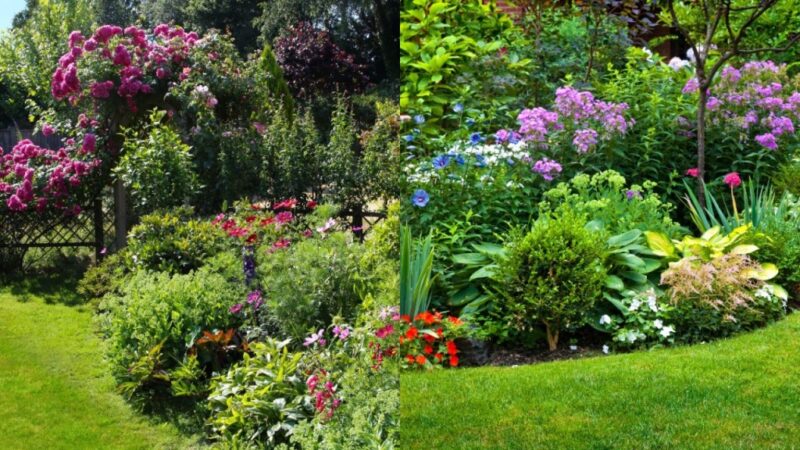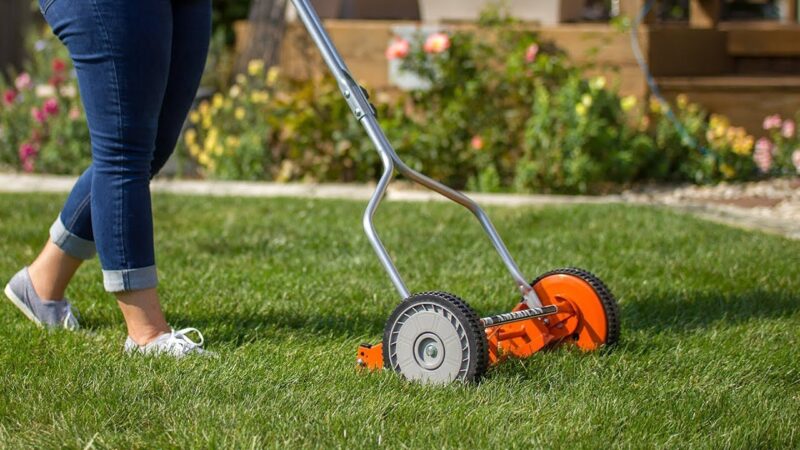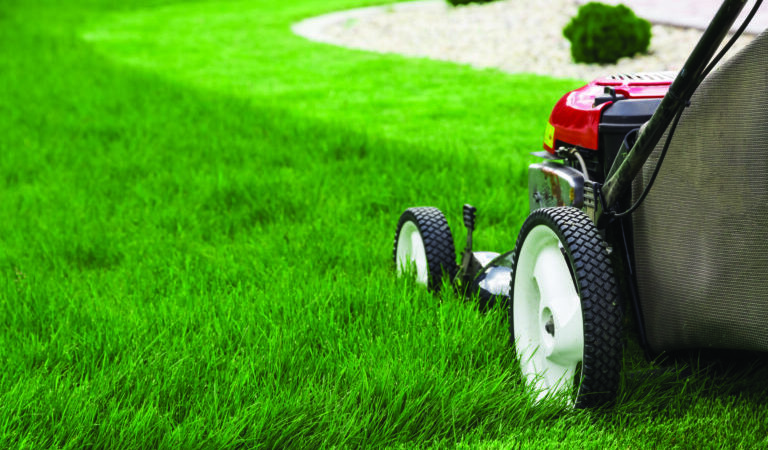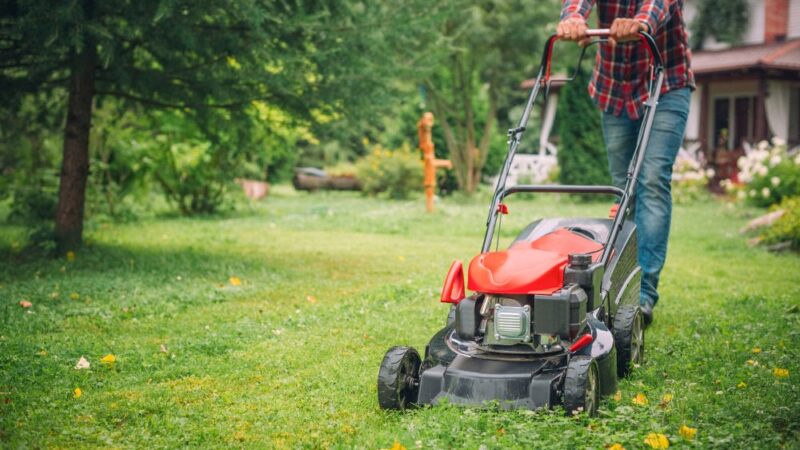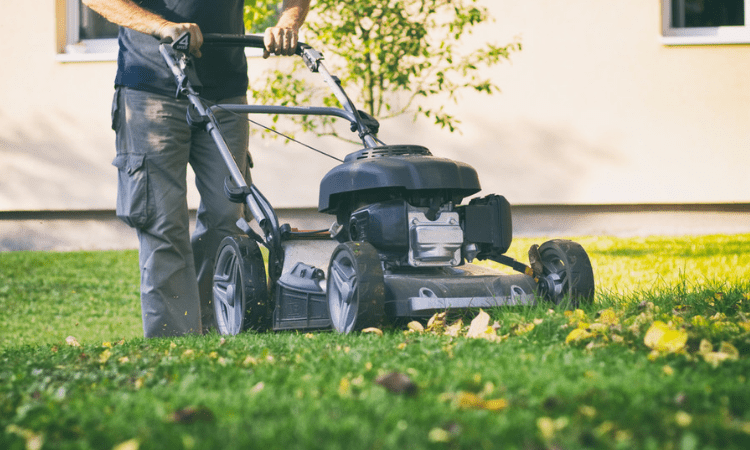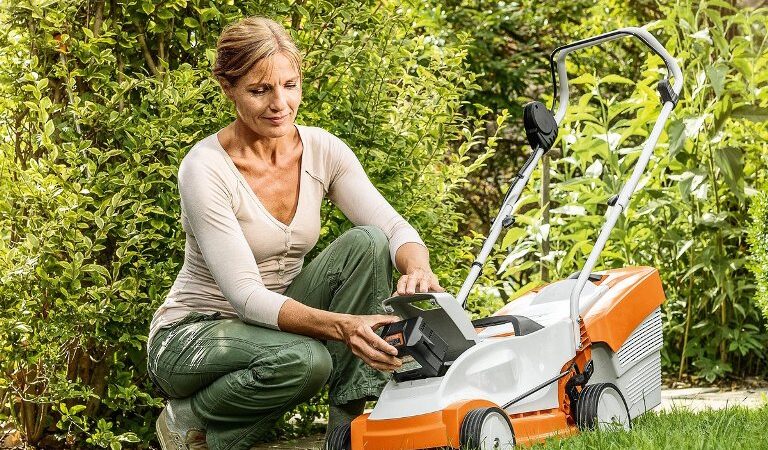How to Grow and Care for Thyme Plant
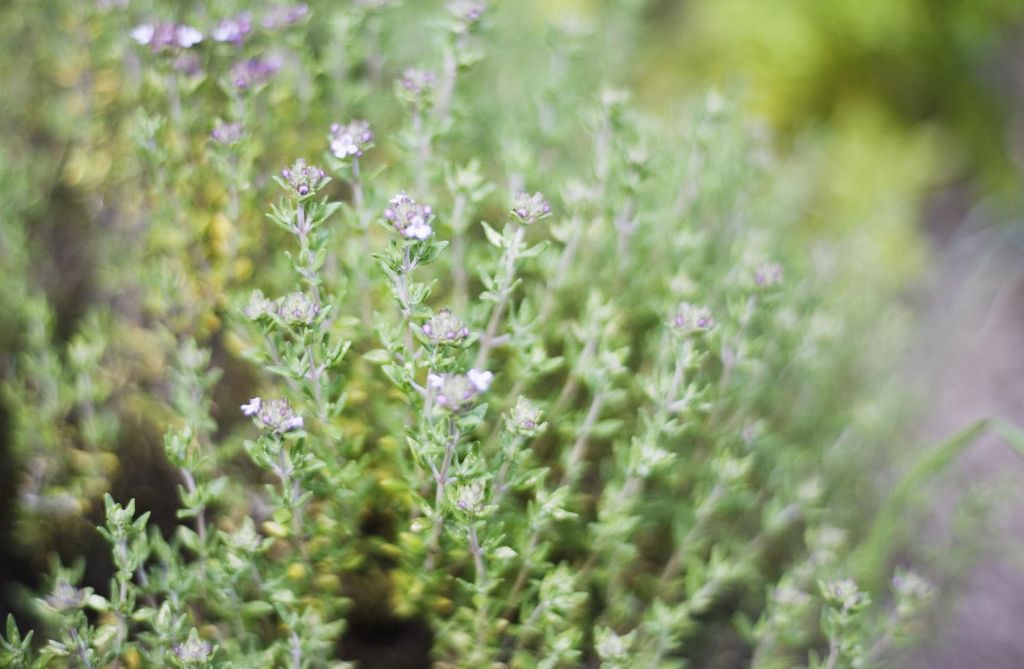
The most common variety of Thyme is the Thymus Vulgaris. The plant is a perennial herb with a variety of medicinal and ornamental uses and can be used in multiple ways. It is used as medicinal oils, as a seasoning in food, etc. the best part about the herb is that all parts of the plant can be used from the leaves to the stem. It has antibacterial, insecticidal, and possibly antifungal properties. The flowers are lavender in color and reach their full bloom in the spring and summer and attract bees. It has tiny gray-green leaves which can be harvested in the winter as well.
How to Grow Thyme Plant?

The plant cannot withstand too much heat and should hence be avoided in tropical areas. It is generally a low-growing and spreading plant that can grow up to 6-10 inches in height. It requires full sun and relatively drier soil to grow well and should be grown 6 inches apart from other thyme plants due to its spreading property.
It should be regularly pruned and can be harvested at any time as the leaves retain the flavor. It needs to be grown with other plants and can also grow in the creaks and cracks of the ground. The various varieties of Thyme, such as the Woolly, Golden Lemon, Caraway Thyme, have their respective flavors and properties.
Molds and anthills can easily infest the plant and are placed in very hot and moist conditions; hence organic herbicides or pesticides should be used.
Benefits and Uses of Thyme
The plant has many medicinal and culinary properties as follows:
- The plant has properties of curbing high blood pressure naturally when Thyme extract is used.
- Thyme oil aroma and application can help cure foodborne bacterial infections. The extract acts as a preservative for food, increasing its shelf life and avoiding any bacterial infections or rotting of food, naturally.
- It may also help the yeast infection caused in the vagina or the mouth.
- The plant’s medicinal properties also help in cooling down inflammation on the skin and help with skin-related diseases and acne.
- Egyptians used it for the embalming process.
- The herb is a common condiment and seasoning ingredient for food in various cuisines.
Thyme is one of the few herbs that can successfully be grown indoors. It has a peculiar fragrance that will instantly make the whole place smell good. Place it in a pot on a windowsill that preferably receives ample sunlight in the day, keep water it regularly to slightly moist the soil. The plant grows very well indoors, and it is also advised to grow them indoors during the winter.
The Thyme plant is a perennial herb and remains alive for a long time if maintained well. The plant does grow back every year for a fresher harvest and can be harvested at least 3 times a year. It does grow back when well pruned and grown in the proper conditions.
To facilitate healthier and quicker growth, it is better to take a cutting from a healthy Thyme plant than sow a seed. The seed takes about 14-28 days to grow out and may or not have the proper health of growth. The cuttings are safer and have a higher rate of growth. The cutting will take only a few days to root.
